We specialize in providing high-quality electroless nickel plating services to a wide range of industries. Our team of experienced professionals are dedicated to delivering exceptional results and meeting the unique needs of each of our clients. If you are looking for a reliable and experienced electroless nickel plating company, look no further than Tompkins Metal Finishing.

Pioneer offers many custom finishing solutions to make your products perform at the highest levels. We are experts in providing specialized finishes to improve the performance for your specific component parts. Whether your product design requirements include finishes to make your product resist corrosion, last longer, look better, slide more freely, bond securely to another material, or many...

At United Surface Finishing, we specialize in advanced metal finishing solutions with a strong focus on electroless nickel plating. We take pride in our ability to deliver precise, uniform coatings that enhance the performance and durability of metal components across demanding industries.

More Tin Plating Companies
Some of these beneficial characteristics of tin, particularly as a plating material, include its non-toxicity, high ductility and high corrosion-resistance.
The two most common materials that tin is used as a protective coating for include nickel and copper; however, tin plating cannot be used as a protective coating for steel. Utilized in a variety of applications, tin plating is an essential process in industries such as: power generation, for plating of machinery such as power sub-stations, high-voltage connections and power grounding; electronics, to increase conductivity of electronic devices such as capacitors and printed circuit boards (PCBs); industrial manufacturing, for plating of parts requiring protection from harsh environmental factors; and food processing, in which tin plating is especially useful because it is not a toxic metal. Tin is typically alloyed with other metals such as lead or copper before it is used for electroless plating in order to prevent tiny crystalline structures from occurring on the surface of the plated substance.
The typical electroless plating process for tin includes immersion of the tin into an aqueous bath, in which several chemical reactions occur in order to enable the nickel to deposit a thin layer of material onto the desired ferrous or nonferrous metal workpiece. Several chemical reactions occur because of the introduction of both a reactive agent and an accelerant. The reactive agent enables the deposition, while the accelerant removes any remnants of the reactive agent from the workpiece.
The electroless method of tin plating is very different from the electrolytic method of tin plating. In the electrolytic method of tin plating, an electrical current is used to reduce the number of cations of tin from a solution. To begin the process, the part to be plated is considered to be the cathode of the circuit and, in certain methods, the anode is made of tin.
Both the metal to be plated and the tin are immersed in an aqueous solution called an electrolyte. This solution contains one or more dissolved metallic salts in addition to other ions that permit electrical flow. A rectifier supplies a direct current (DC) to the anode, allows oxidation of the tin to occur and then dissolve in the solution. At the cathode, the dissolved tin ions are reduced in the solution between the solution and the cathode, thus causing deposition of a thin layer of tin onto the desired material to occur.




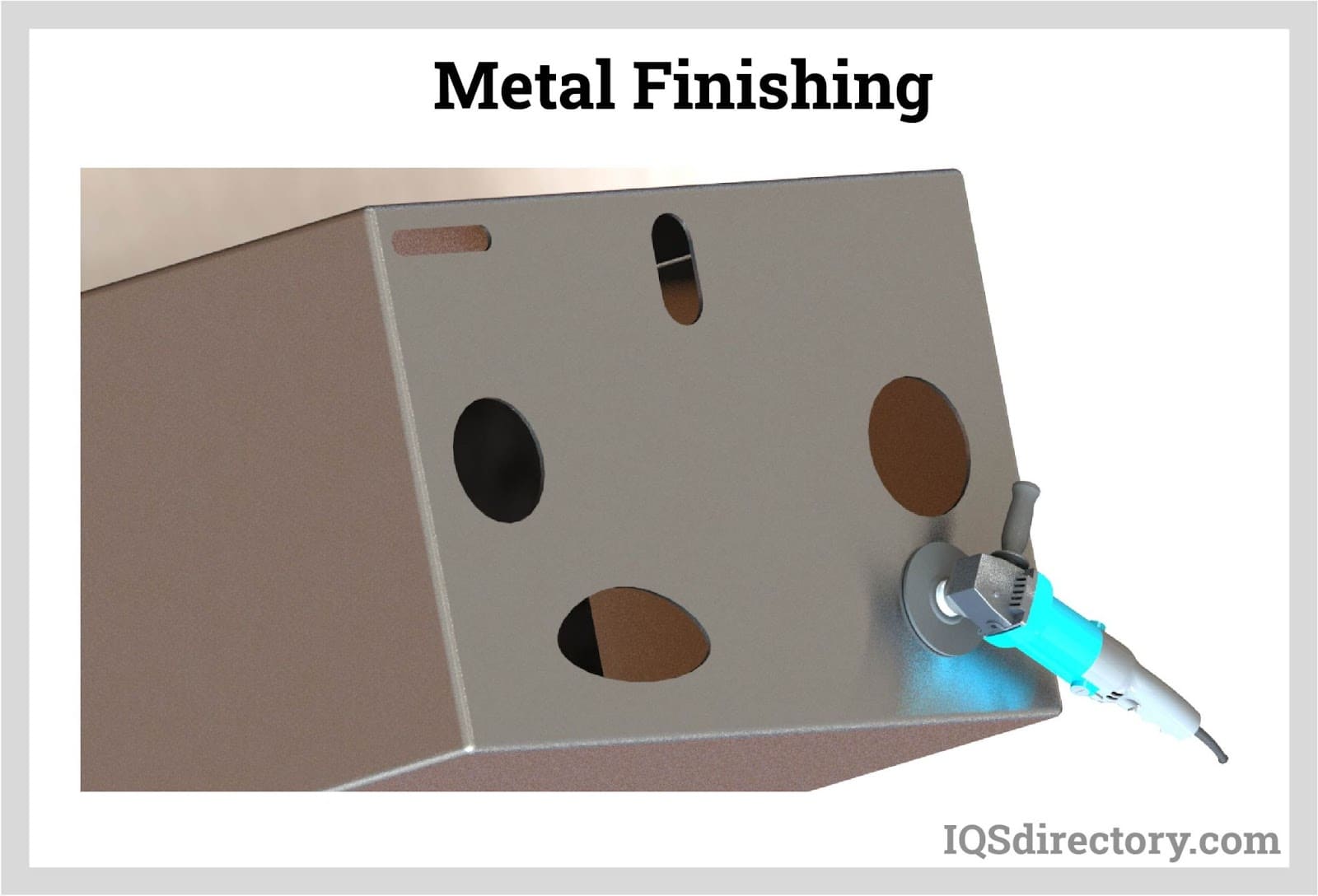
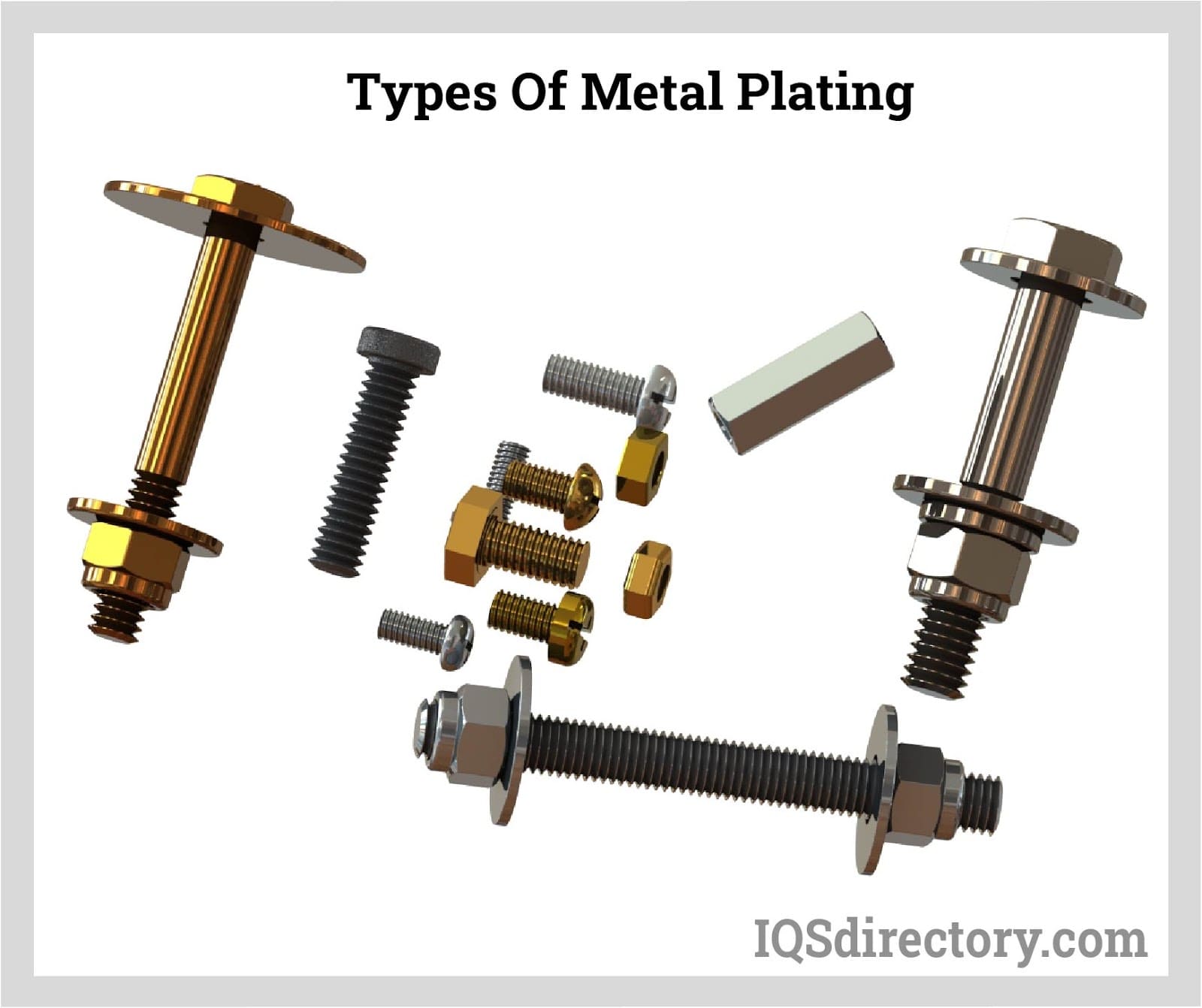
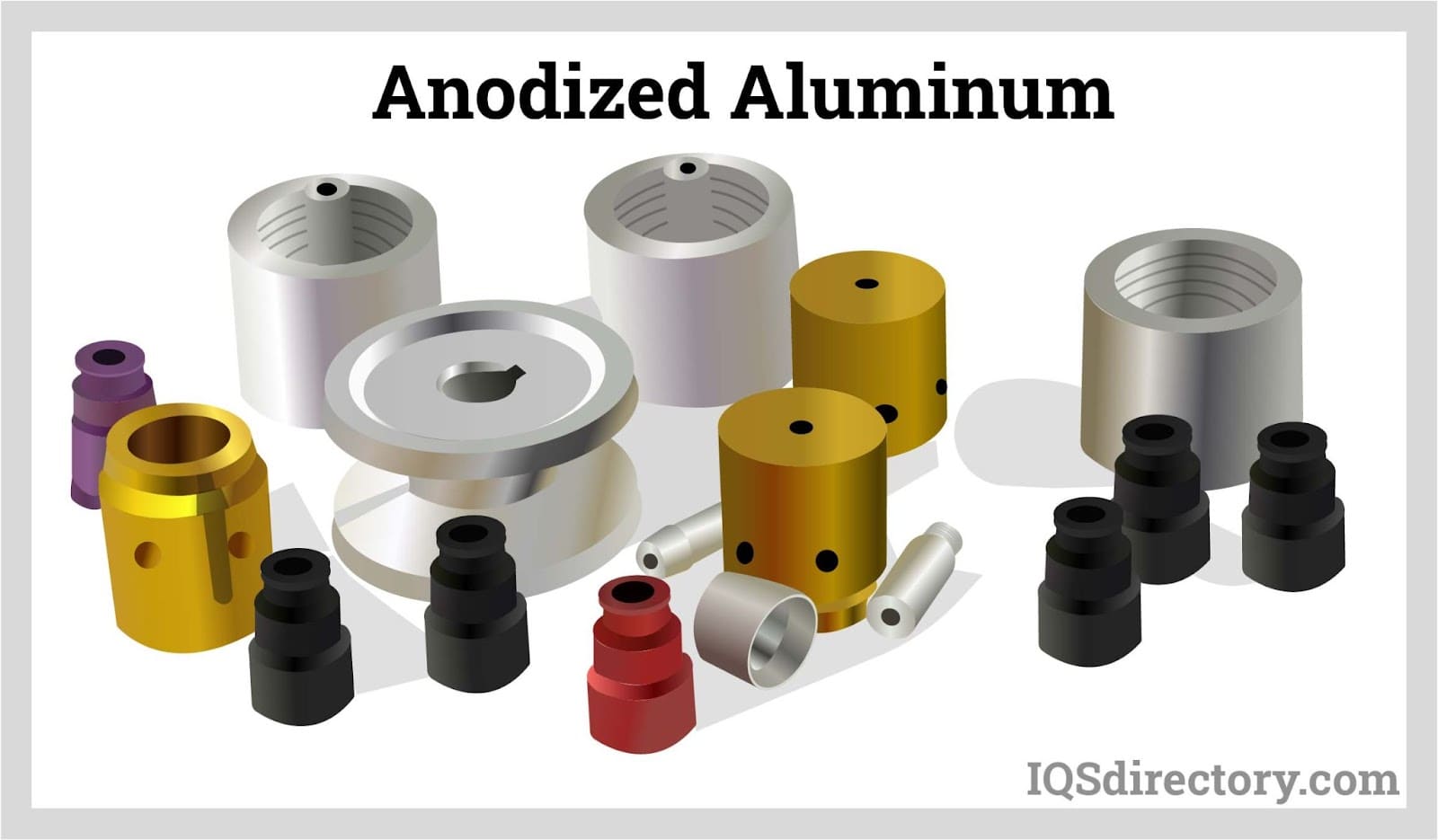
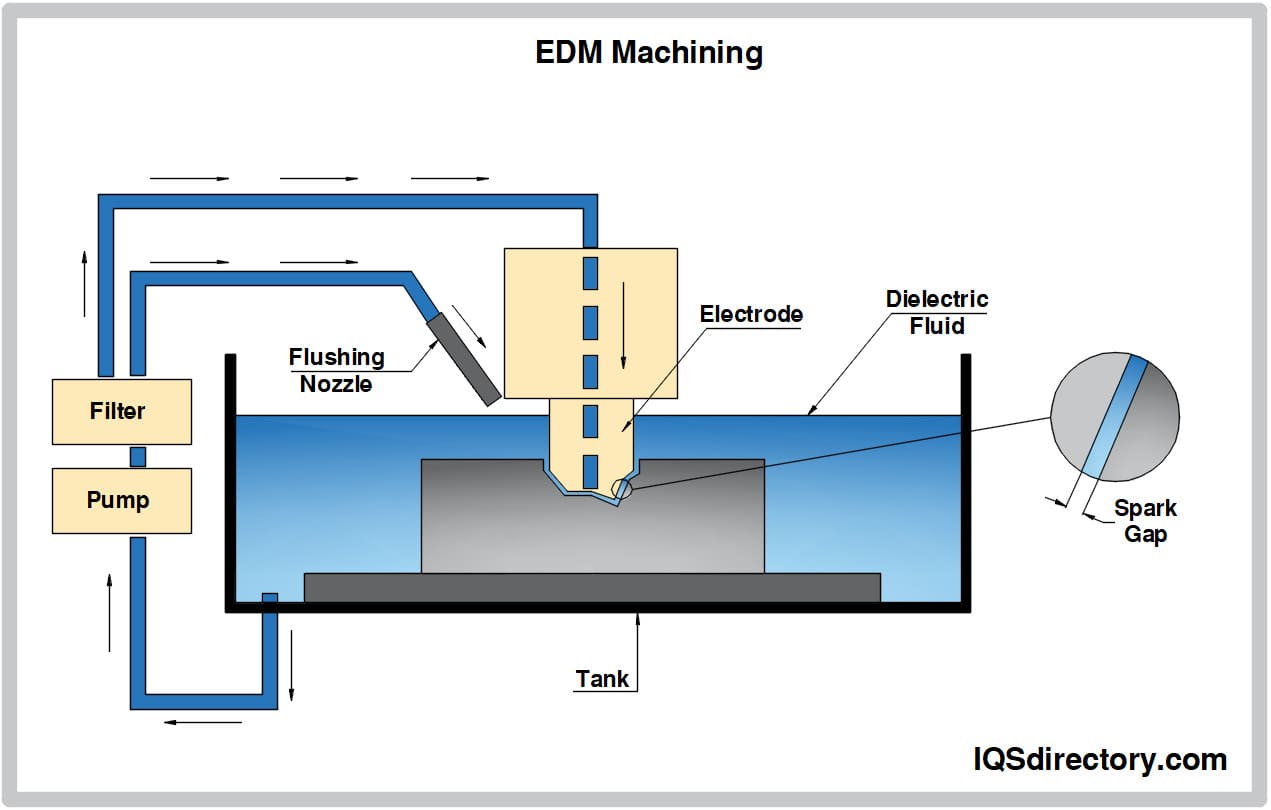
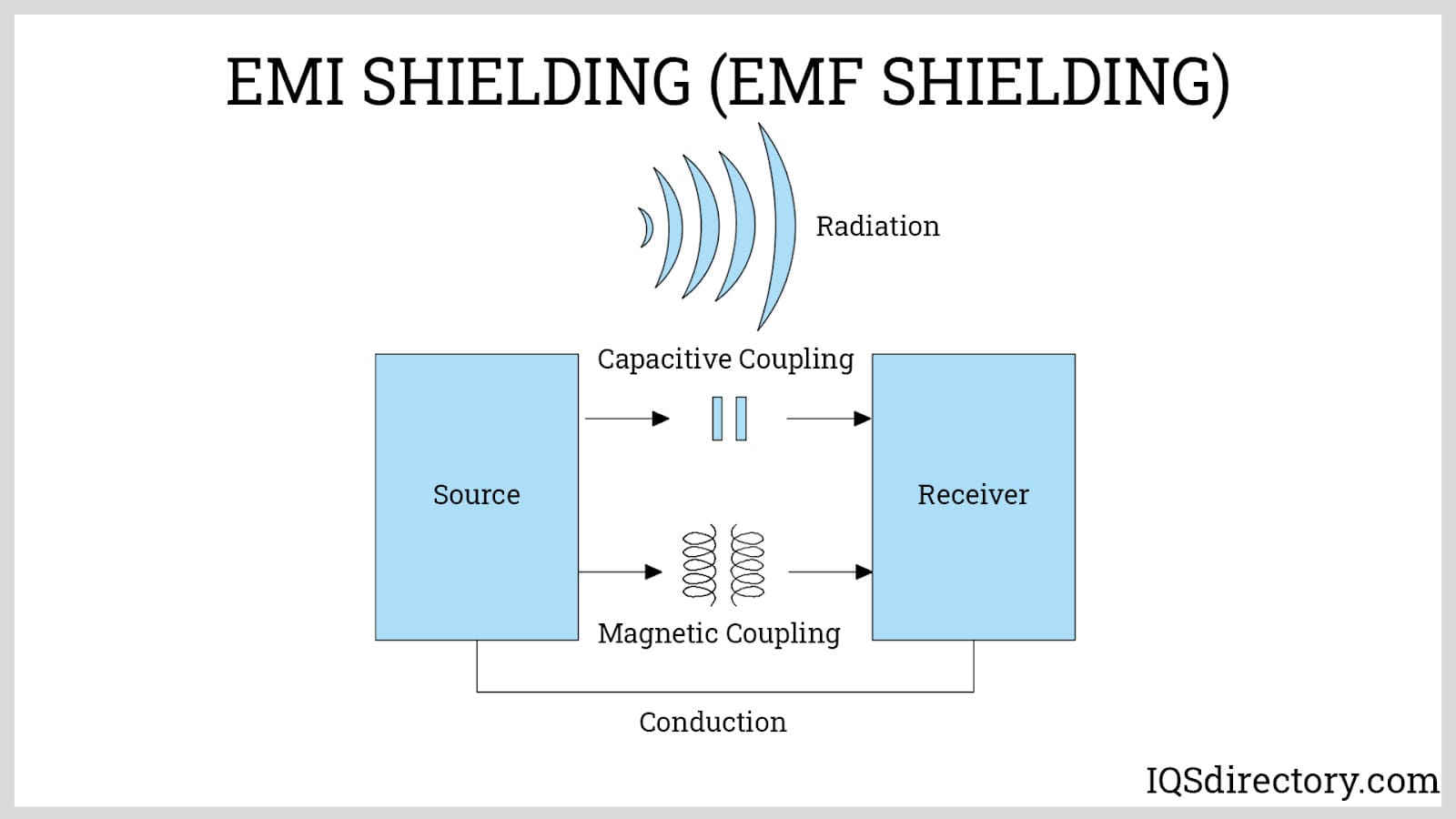
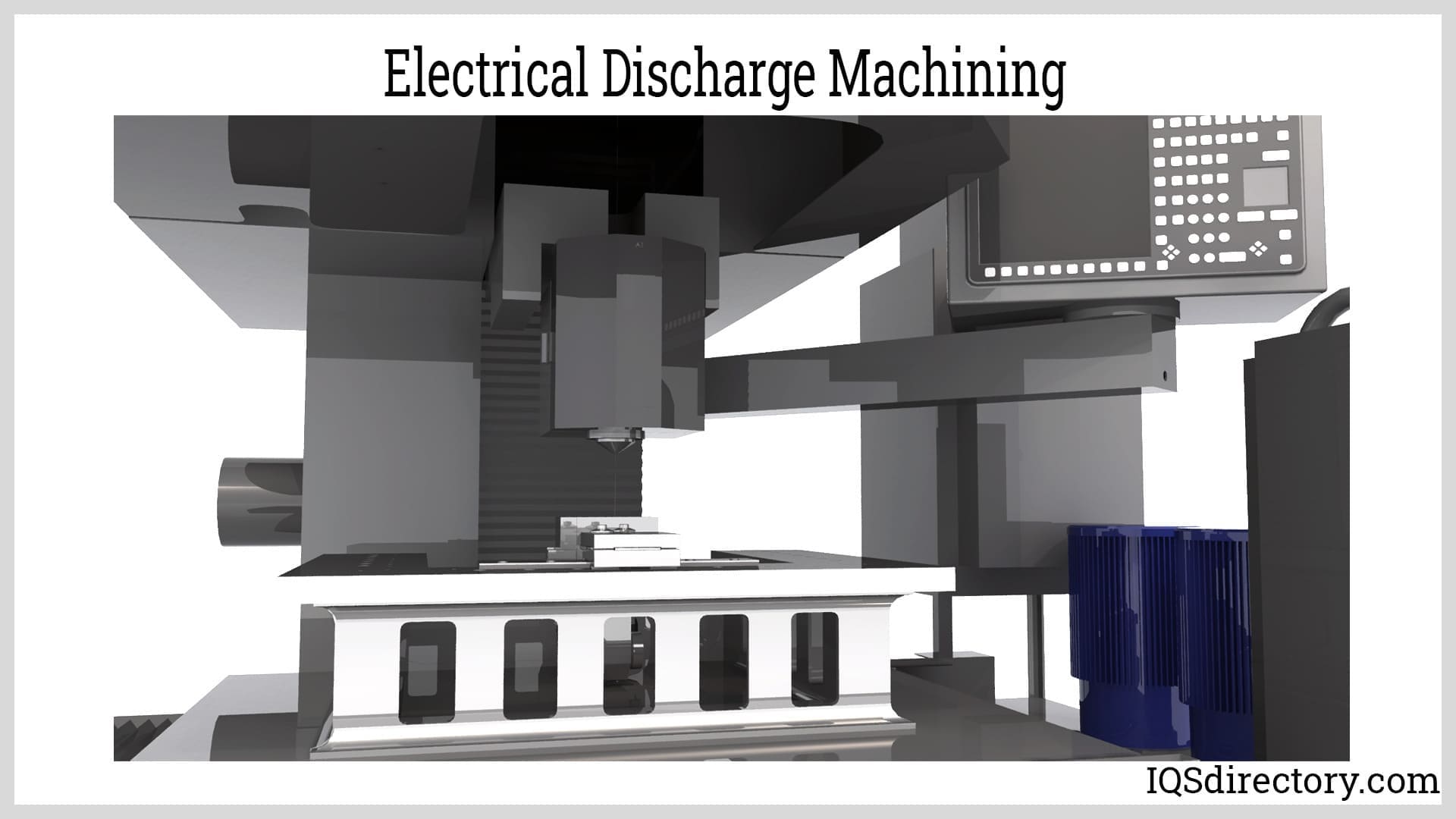
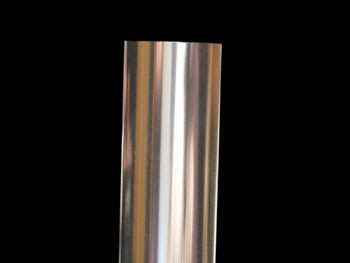 Aluminum Anodizing
Aluminum Anodizing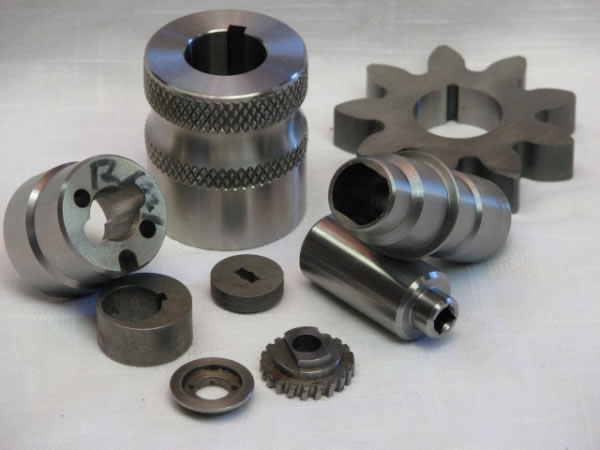 EDM
EDM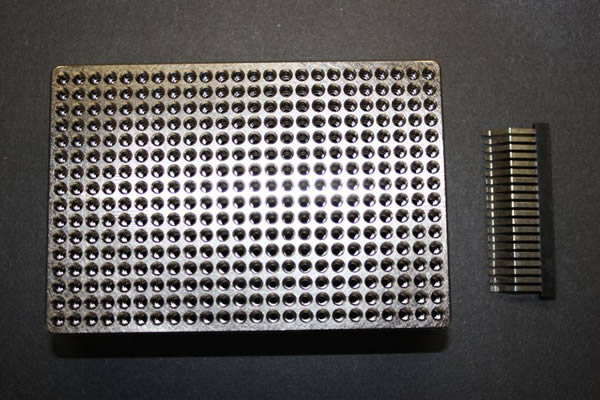 Electroless Nickel Plating
Electroless Nickel Plating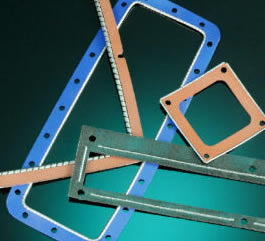 EMI Shielding
EMI Shielding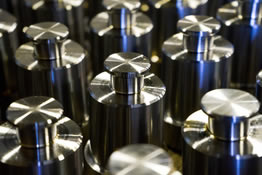 Heat Treating
Heat Treating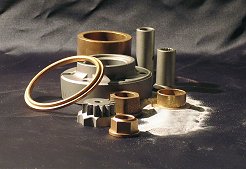 Metal Coating Services
Metal Coating Services Castings & Forgings
Castings & Forgings Bulk Material Handling
Bulk Material Handling Electrical & Electronic Components
Electrical & Electronic Components Flow Instrumentation
Flow Instrumentation Hardware
Hardware Material Handling Equipment
Material Handling Equipment Metal Cutting Services
Metal Cutting Services Metal Forming Services
Metal Forming Services Metal Suppliers
Metal Suppliers Motion Control Products
Motion Control Products Plant & Facility Equipment
Plant & Facility Equipment Plant & Facility Supplies
Plant & Facility Supplies Plastic Molding Processes
Plastic Molding Processes Pumps & Valves
Pumps & Valves Recycling Equipment
Recycling Equipment Rubber Products & Services
Rubber Products & Services